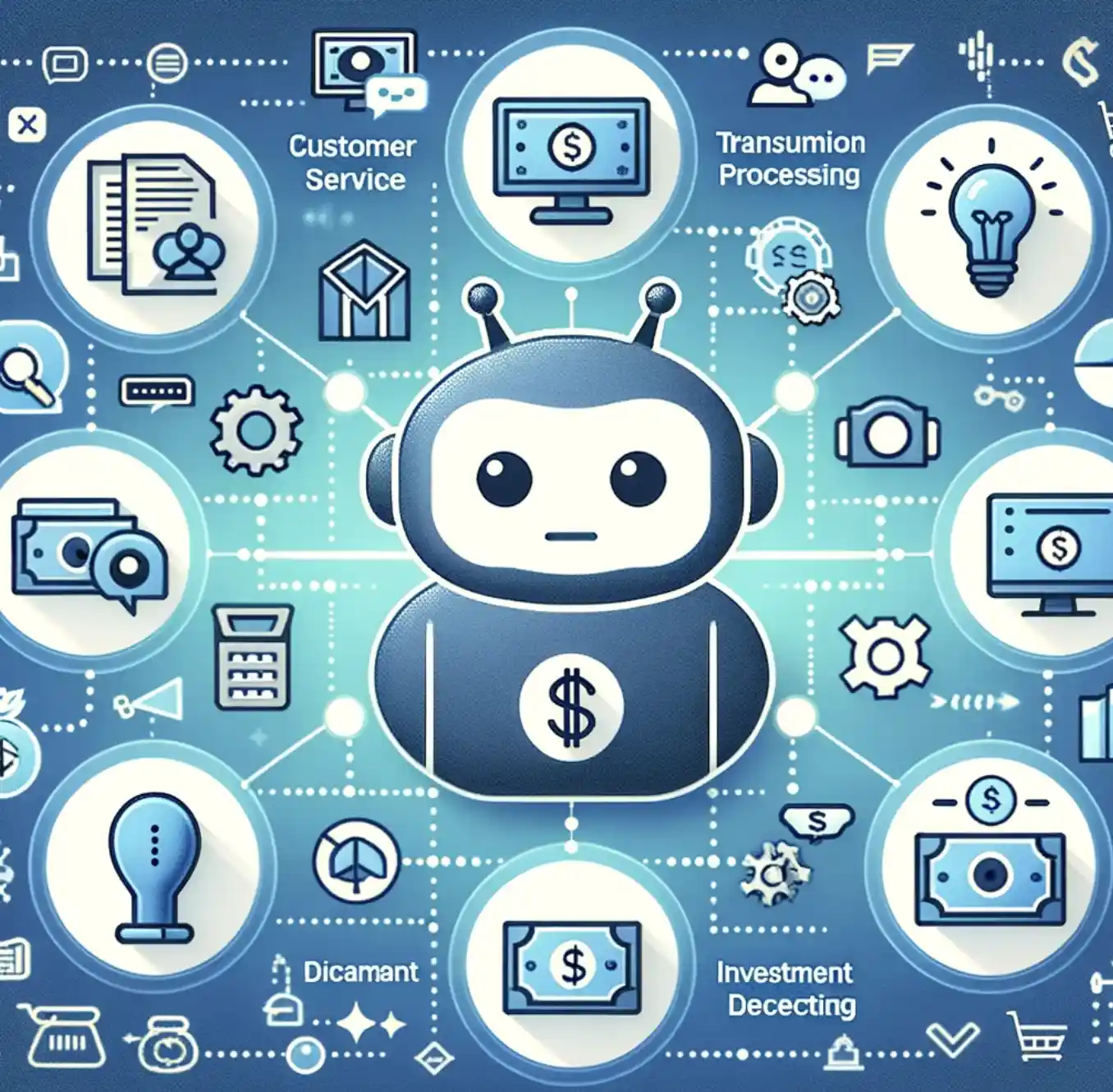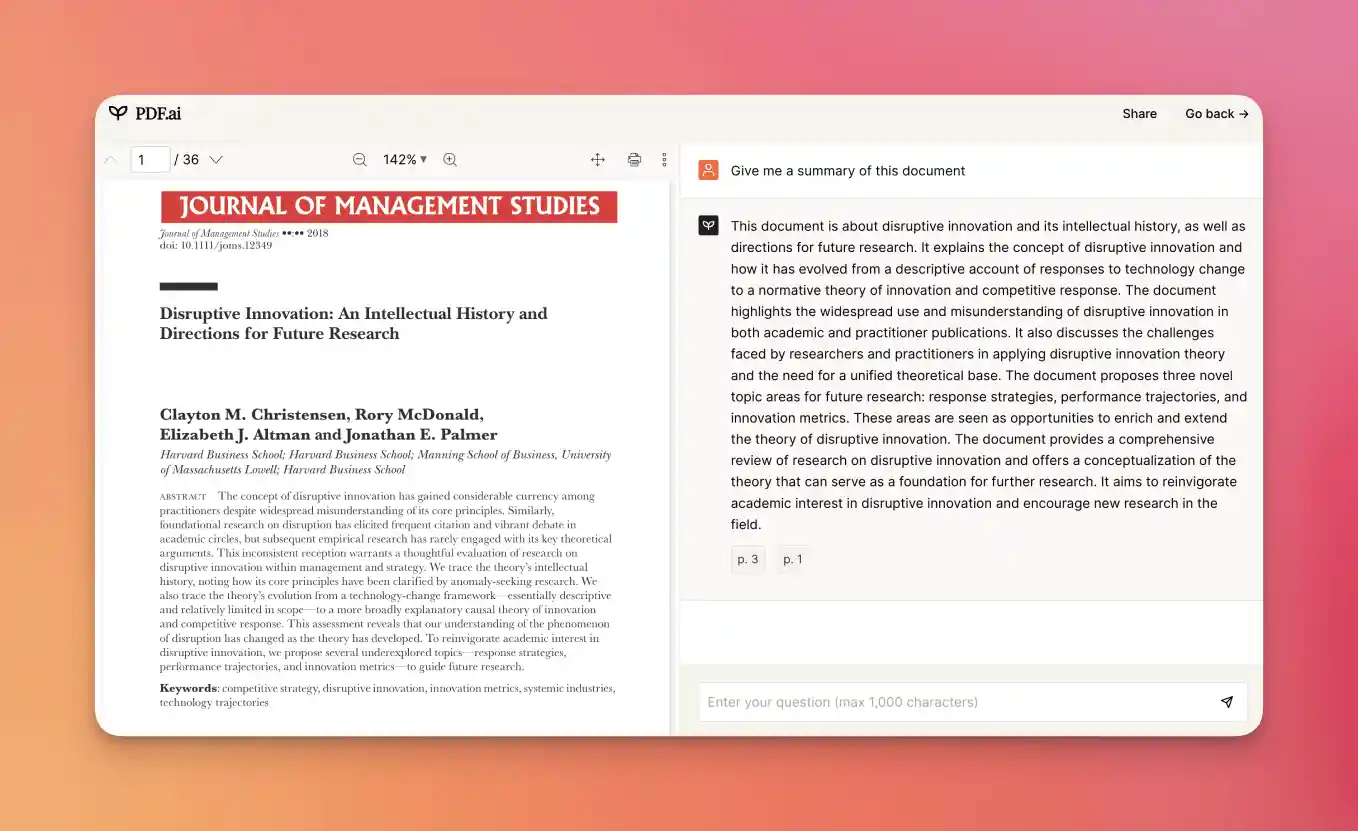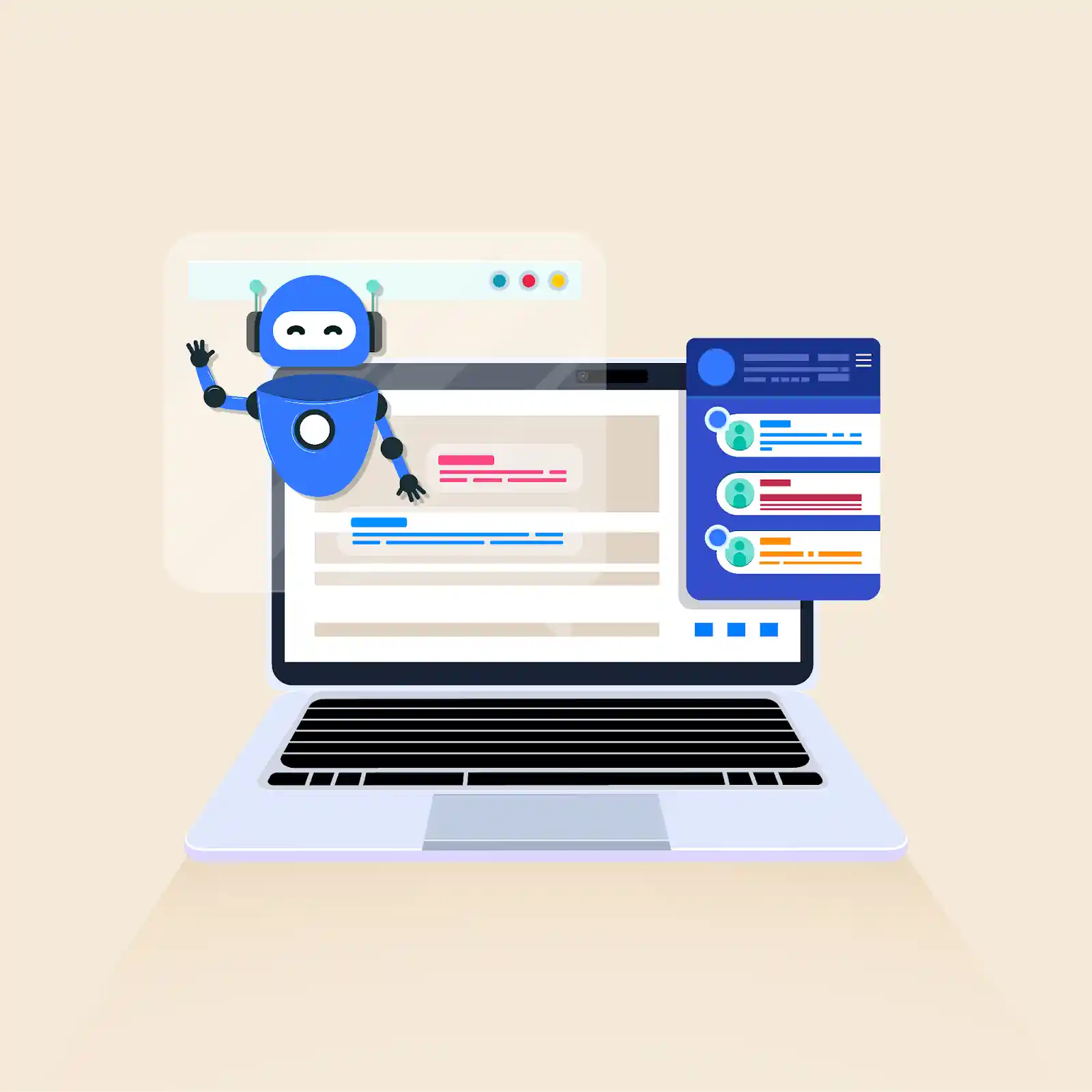Essential Chatbot Analytics for Optimizing Performance
Table of Content
The ever-evolving digital landscape elevates the importance of chatbot analytics, a game-changer in the modern era. By providing a fresh lens for evaluating and understanding customer interactions, it functions like a radar system.
Chatbot analytics tracks, measures, and analyzes conversations between your chatbot and users. This continuous monitoring provides invaluable insights, including:
- User engagement: number of interactions and their duration
- User queries: types of questions asked
- User satisfaction: feedback and sentiment analysis
- User behavior: engagement patterns, session lengths, and fallback rates
This data empowers you to understand the “what” and, more importantly, the “why” behind user interactions. You gain insights into:
- User preferences: aspects of the chatbot users appreciate
Areas for improvement: identifying weaknesses and opportunities for enhancement
Essential Chatbot Analytics for Optimizing Performance
- Generic chatbot responses are insufficient: Customers expect personalized experiences. Chatbots need to learn and adapt for intuitive interactions.
- Chatbot analytics empowers businesses: Gain deep insights into your chatbot’s effectiveness to improve user experience and engagement.
- Stay ahead of the curve: Adapt to evolving customer expectations and technological advancements using chatbot analytics.
- Essential for staying relevant: Understanding and utilizing chatbot analytics is crucial for competitiveness in the digital age.
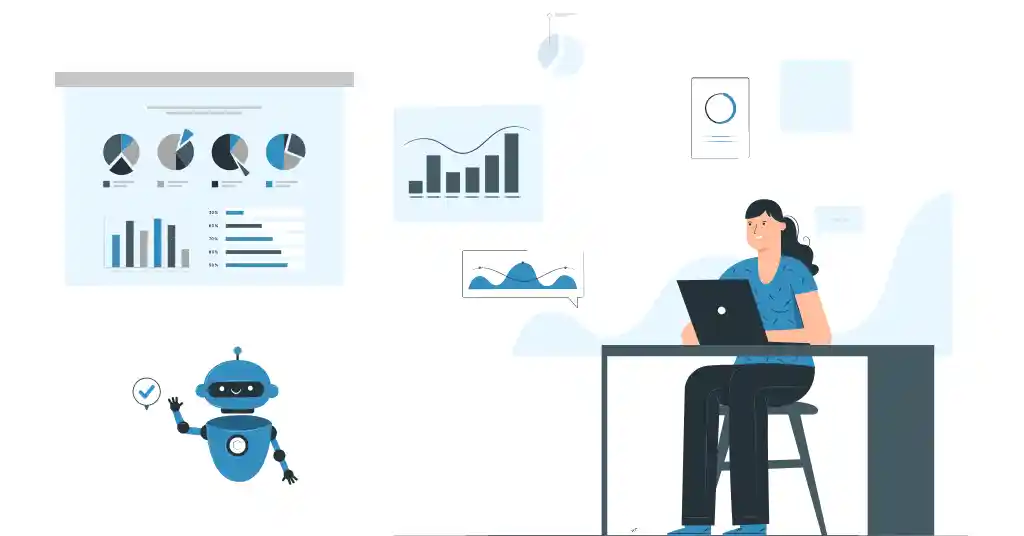
Building a Powerful Chatbot Analytics Dashboard
Your chatbot analytics dashboard is the command center for optimization. It offers a clear and comprehensive view of your chatbot’s performance, showcasing areas of success and pinpointing those needing improvement.
The ultimate goal is to gather valuable data, empowering you to make informed and strategic decisions regarding your chatbot’s development and utilization.
Here’s a quick glimpse at key aspects to consider for your chatbot analytics dashboard:
- User Metrics: These metrics are crucial for understanding user behavior. Look for data on user count, active users, top users, new users, engagement rate, and session length.
- Message Metrics: These metrics provide insights into user interaction patterns and the chatbot’s ability to understand user requests. Typical metrics include total messages, user messages (both count and type), bot messages (count and type), and interactions per user.
- Bot Metrics: Evaluating the bot’s performance is vital. Look for metrics surrounding task success rates, fallback rates, response time, and escalation rates.
- Commercial Metrics: The chatbot’s impact on your bottom line matters. Seek data on lead generation, conversion rates, upsell rates, and cost savings through automation.
Chatbot Metrics and KPIs you need to know
Fortunately, by tracking a few key metrics, you can not only gauge your chatbot’s performance but also identify opportunities to improve its ability to engage users, handle queries, and ultimately, achieve your business goals.
The first step towards optimizing your chatbot through analytics is understanding the various metrics at your disposal. Here are four primary types, and why they’re crucial for success:
1. User Engagement
- These metrics reveal how users interact with your chatbot.
- Key metrics to track include:
- Engagement Rate: Are users interacting with your bot, and how frequently?
- Retention Rate: Do users return to interact with your bot?
2. Message Quality
- These metrics offer insights into the conversational quality of your chatbot.
- Key metrics to track include:
- Messages per Conversation: Are users engaging in extended conversations?
- Misunderstood Input Rate: How often does your bot misinterpret user queries?
- Abandoned Conversations: Are users giving up on conversations with your bot?
3. Bot Performance
- These metrics directly track your chatbot’s efficiency.
- Key metrics to track include:
- Response Times: How quickly does your chatbot respond to inquiries?
- Task Completion Rate: How successfully does your bot fulfill user goals?
4. Business Impact
- These metrics track how your chatbot impacts your bottom line.
- Essential metrics include:
- Conversion Rate: How often do bot interactions lead to sales or sign-ups?
- Upsell/Cross-Sell Rates: How effectively does your chatbot promote additional products?
By understanding and regularly tracking these metrics, you’ll gain a holistic view of your chatbot’s performance. This data will be invaluable in identifying areas for improvement and ultimately guiding you towards building a more effective chatbot that enhances user experiences and drives business success.
Exploring Features of Chatbot Analytics tool
Identifying crucial metrics for measurement is just the first step. Now, how do you effectively gather and analyze this data?I
Specialized chatbot analytics tools streamline this process, but navigating the vast market of available options can be daunting.
To ensure you choose the right tool, consider these key features:
- Seamless Integration: The tool should integrate effortlessly with your existing chatbot platform and other relevant systems.
- Real-Time Insights: Gain immediate understanding of user behavior by leveraging real-time data analysis, allowing prompt adjustments as needed.
- Visual Clarity: Effective data visualization through clear and easy-to-understand graphs and charts is crucial for efficient information comprehension.
- Comprehensive Reporting: In-depth reporting capabilities facilitate a comprehensive view of your chatbot’s performance, offering crucial insights for optimization.
These features empower you to streamline chatbot analytics, readily identify key trends, make data-driven decisions, and ultimately enhance your chatbot’s user engagement.
Popular Chatbot Analytics Tools
- ChatMason: This powerful tool provides seamless integration with various chatbot platforms and boasts robust analytics features. ChatMason’s real-time dashboards, clear data visualizations, and comprehensive reporting empower you to optimize your chatbot for maximum impact.
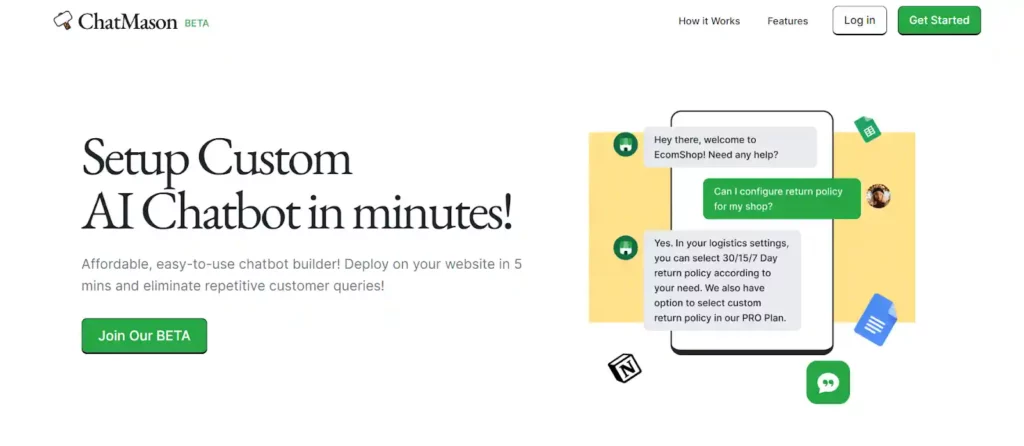
- Amazon QuickSight: A business intelligence (BI) and analytics tool from Amazon Web Services (AWS) that can be leveraged for chatbot analytics. It offers robust data visualization and reporting capabilities, allowing you to gain insights into user behavior and chatbot performance.
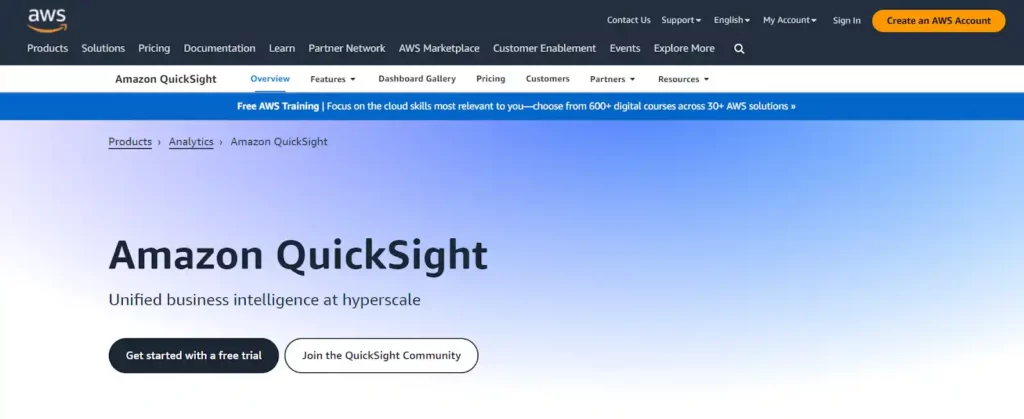
- Chatfuel: Built specifically for the Chatfuel chatbot platform, Chatfuel Insights offers data on user engagement, message types, and conversation flows. This tool can be ideal for businesses primarily using Chatfuel for their chatbot needs.
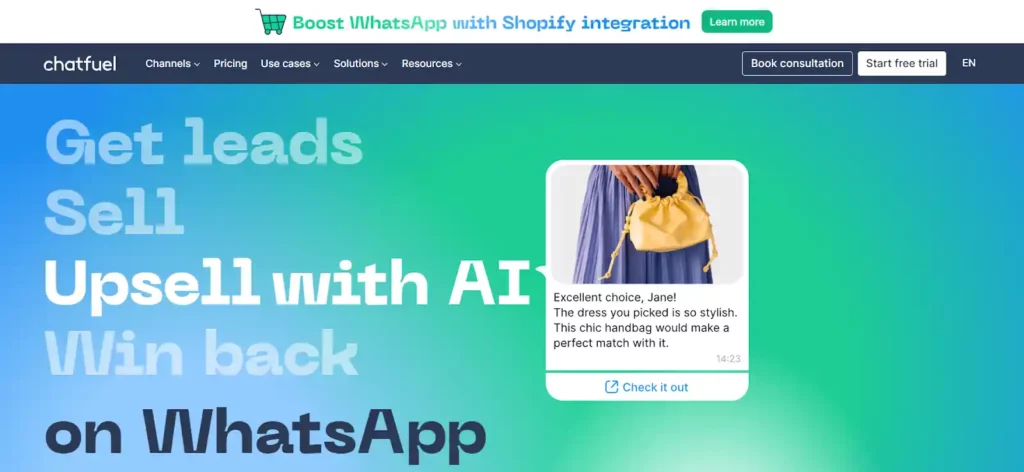
- Botpress: Designed for the open-source Botpress chatbot framework, Botpress Analytics provides in-depth reports on user intent, conversation paths, and chatbot performance metrics. This tool is a good option for developers and businesses using the Botpress platform.

How Chatbot Analytics Ignite Performance
Chatbot analytics is the cornerstone of optimizing chatbot performance, echoing the wisdom of “what gets measured gets managed.” But how does it translate into real-world improvements?
1. Data-Driven Decisions: Chatbot analytics equips you with valuable data on user behavior, interactions, engagement, and conversion rates. This data empowers you to make informed decisions regarding modifications and enhancements to your chatbot, ensuring they are data-driven and targeted towards specific needs.
2. Unveiling User Patterns: Analytical tools help you identify hidden patterns within user interactions and behaviors. This predictive power allows you to anticipate future trends and make proactive improvements to your chatbot, ensuring it remains relevant and effective.
3. Enhanced Accuracy: Analyzing metrics like the “misunderstood input rate” helps you identify instances where your chatbot misinterprets user inquiries. By addressing these shortcomings, you improve the overall accuracy and effectiveness of your chatbot.
4. Streamlined User Experience: Chatbot analytics provides valuable insights into improving the user experience. This includes streamlining the chatbot’s workflow, shortening response times, and refining responses for improved clarity and accuracy.
5. Personalization Potential: Analyzing conversation data allows for identifying user preferences and tailoring future interactions, creating a more personalized and engaging user experience.
By leveraging these capabilities, chatbot analytics empowers you to continuously refine and optimize your chatbot’s performance, ensuring it delivers exceptional user experiences and drives desired business outcomes.
Tips for building Client-loving Bots
Chatbot engagement, a crucial metric that gauges your bot’s ability to captivate user attention, plays a vital role in its success. But how can you leverage chatbot analytics to elevate this engagement rate?
- Refine Conversational Skills: Analyze conversation metrics to identify areas where your bot struggles. Use these insights to refine its responses, making them more engaging and human-like.
- Personalize the Experience: Leverage analytics to understand user preferences and tailor interactions accordingly. This level of personalization fosters deeper user engagement and satisfaction.
- Deliver Value Proposition: Ensure your bot provides tangible value, whether it’s resolving queries swiftly, offering personalized product recommendations, or streamlining transactions. Chatbot analytics empowers you to identify and optimize these areas for maximum impact.
- Go Beyond Function: Remember, chatbots aren’t just about automating tasks. They are designed to create a positive and engaging user experience that ultimately benefits your business.
By harnessing the power of chatbot analytics, you can transform your bot from a basic task manager into an interactive companion. This not only enhances user engagement and satisfaction but also drives positive outcomes for your business.
How AI will transform Chatbot Analytics

Artificial intelligence has brought a paradigm shift to chatbots, equipping them with exceptional intelligence and enhancing their ability to serve users effectively. This transformative power is poised to extend into the realm of chatbot analytics, ushering in a future of profound change.
1. Real-Time Insights
AI’s ability to process massive data sets at breakneck speed enables real-time analysis and evaluation of chatbot interactions. This revolutionary development paves the way for real-time analytics becoming an essential tool for businesses seeking instant insights to optimize their chatbot operations instantaneously.
2. Personalized Data Analysis
AI empowers us to delve into vast amounts of data to unearth valuable insights into individual user behavior, preferences, and engagement patterns. This translates to a more personalized approach to data analysis, leading to highly tailored user experiences and data-driven business strategies.
3. Advanced Predictive Capabilities
The synergistic power of AI and Machine Learning unlocks the potential to predict future customer behavior and trends based on historical data. As AI seamlessly integrates with chatbot analytics, we can anticipate the emergence of even more sophisticated predictive capabilities.
4. Continuously Evolving Analytical Tools
AI’s inherent capacity for continuous learning and improvement paves the way for the development of increasingly refined analytical tools. These tools will possess the ability to meticulously dissect and comprehend chatbot metrics at a granular level, equipping businesses with unparalleled insights.
5. Holistic Understanding of User Journeys
Not only will AI analyze individual interactions, but it will also enable the construction of comprehensive user journeys. This holistic understanding will allow businesses to identify potential pain points, optimize conversion paths, and deliver truly seamless customer experiences.
Undoubtedly, the future of chatbot analytics is brimming with potential to revolutionize our understanding and utilization of chatbots. As we embark on this journey into the future, armed with advanced analytics tools (like those offered by ChatMason), predictive capabilities, and a comprehensive understanding of user journeys, we can anticipate witnessing chatbots evolving into even more intelligent and efficient systems, ultimately leading to enhanced customer experiences and amplified business success. ChatMason provides in-built analytics features that make it easy to understand how your chatbot is performing.
Conclusion
The future of chatbot analytics is bright, and as AI continues to evolve, we can expect even more exciting developments that will reshape the way we interact with chatbots and elevate the customer experience to remarkable heights.
